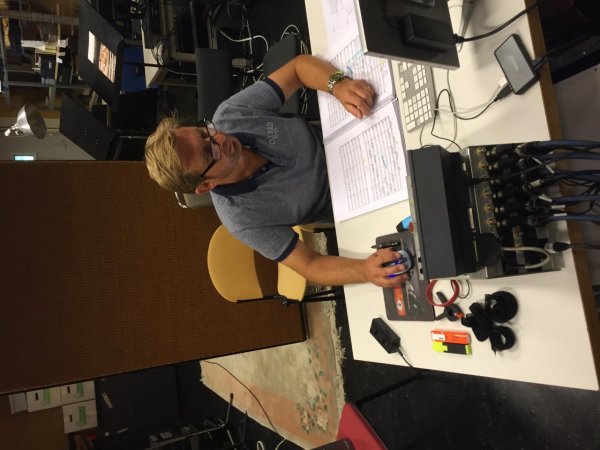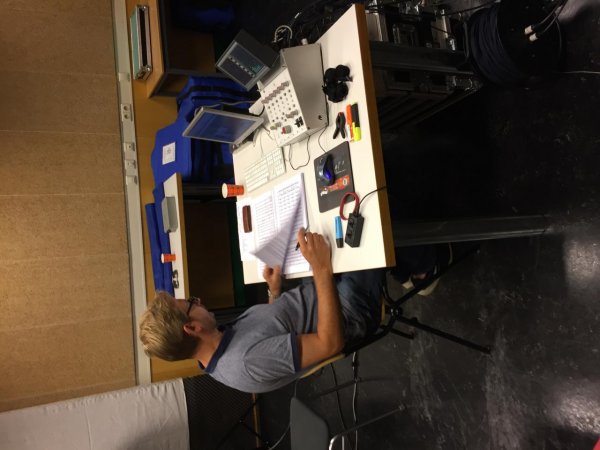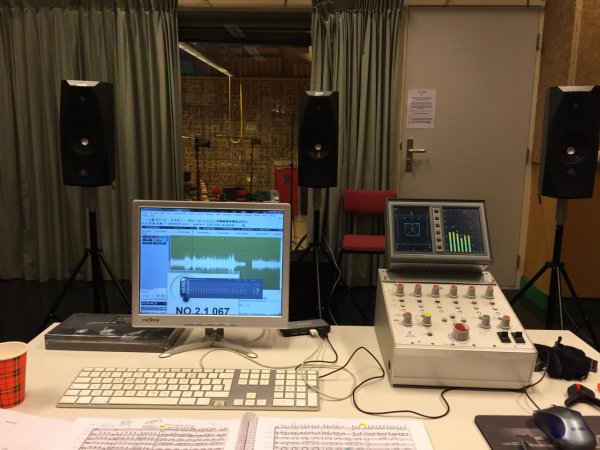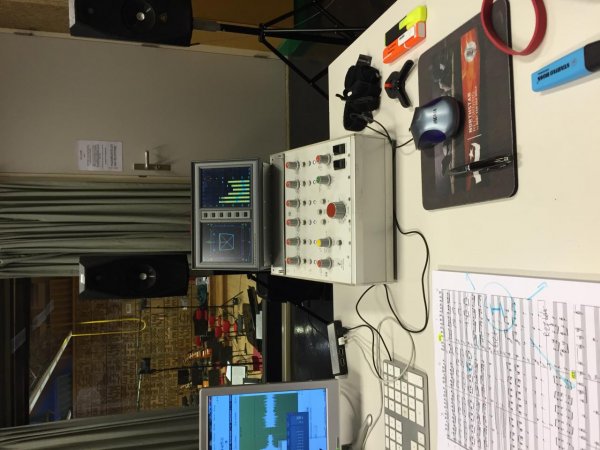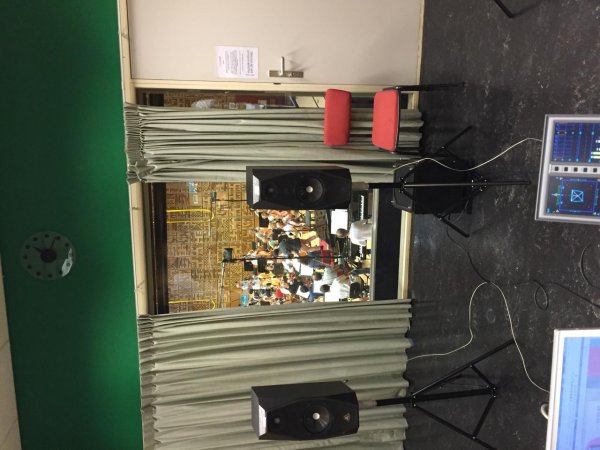Attached a copy of the review of Adria Quanjer of the new Challenge Classics recording (by Bert van der Wolf) of the Brahms requiem on www.hraudio.net
"Review by Adrian Quanjer - Today 03:36 am
Brahms’ Requiem is undoubtedly the most monumental work in all of his oeuvre.
Praised by many, but opposed by some during his life time: It was not a requiem in the traditional, Roman Catholic manner. Brahms was a devout Lutheran protestant and familiar with the Lutheran bible, from which he personally selected texts he thought to be most appropriate to what he had in mind, thereby avoiding any mention of Christ or reference to Redemption.
His requiem is, indeed, different as it is meant to give comfort and peace of mind in a situation of death, rather than giving expression to fear of judgement and conveying pleas for salvation. It is a requiem of consolation and this should, in my opinion, be the yardstick by which to judge a performance.
The original full title is: “Ein deutsches Requiem, nach Worten der heiligen Schrift” (A German Requiem, To Words of the Holy Scriptures). Why did he call it a ‘German’ requiem? The obvious and probably correct answer is that it is based on German texts and sung in German, but it would seem to me that it also carries a hint of differentiation from Latin versions and hence religious dogma.
It is monumental, too, in terms of sheer length.
Depending on execution practice the originally estimated duration is around 65 to 80 minutes. However, times change: Solti takes 77:33, Karajan 75 plus and Robert Shaw and his chorale only 67 minutes. By comparison Jan Willem de Vriend, in keeping with his sort of half way historical practice approach, looks more like Mr. Swift. He and The Hague Philharmonic do it in 61:26.
Too fast? In these kinds of lengthy compositions speed seems to be of a relative nature. In this particular case it did not really disturb my musical appreciation. On the contrary, I found it more commensurate to the positive impact it is supposed to deliver than, for instance, Robert Spano and the Atlanta Symphony Orchestra & Chorus (67:26) whose interpretation felt as though it got stuck in too much drawn-out and massive drama, which some may like (given some positive reviews here and there), but others, like me, sadly not so very much. Partly due, I suppose, to the enormous and poorly recorded forces of over one hundred musicians and two choirs totaling 295 persons singing ‘from behind a drawn curtain’.
There is no monument without a solid structure.
In his liner notes, Ronald Touw, First violinist, gives succinct historical information. And detailed information about its (cyclical) structure being abundantly available elsewher, I don’t feel the necessity to copy what Brahms scholars and other experts have already said, other than that the fourth movement, ‘Wie lieblich sind deine Wohnungen’, is the central part around which the remaining six movements are arranged and that it starts like it ends with ‘Seligkeit’ for those who mourn and for those who are dead.
As for de Vriend’s reading: he carries forward a tradition of historical practice ever since he became Leader of the Amsterdam Combattimento Consort. A habit he introduced in his previous job at the helm of the Netherlands Symphony Orchestra by replacing the brass with valve less instruments and using sticks for the tympani. With The Hague Philharmonic he hasn’t arrived there yet and maybe he won’t at all. But in terms of speed he conforms to what seems to be more and more normal practice. But here it isn’t so much for the sake of it. He pays due and comprehensive attention to the scoring and the meaning of the ‘Word’. Nowhere did I have the feeling that he was hurrying. Neither was there excessive urging forward, nor dragging to amplify drama.
Thomas Oliemans, whom I was barely familiar with turned out to be an excellent baritone with complete understanding of the German text. As for Renate Arends: she has a beautiful voice, but I would have wished her to be more lyrical than dramatic. And the choir? Made up of the recently established ‘Rotterdam Symphony Chorus’, directed by Wiecher Mandemaker, and the semi-professional ‘Laurenscantorij’ (choir from the Saint Laurens church in Rotterdam), they amazed me with the quality of singing and pronunciation of the German texts. Maybe not yet at the same level of the Rundfunkchor Berlin in Marek Janowski’s reading, but all the same of an excellent fabric.
A monumental work needs a ditto recording.
This is a live recording in what looks like a make shift concert venue, with a large complement on stage, a hall full of people, and -perhaps- doubtful acoustics. If that is so, than the recording engineers have done wonders. A realistic sound stage and surround depth, with no disturbing noises from the audience or unwanted echoes from the walls. But with Bert van der Wolf (NorthStar Recording Services BV) in charge, that does not surprise.
Blangy-le-Château,
Normandy, France
Copyright © 2016 Adrian Quanjer and HRAudio.net"
For sound quality (multichannel) Adrian gave this recording the maximum of five stars.
